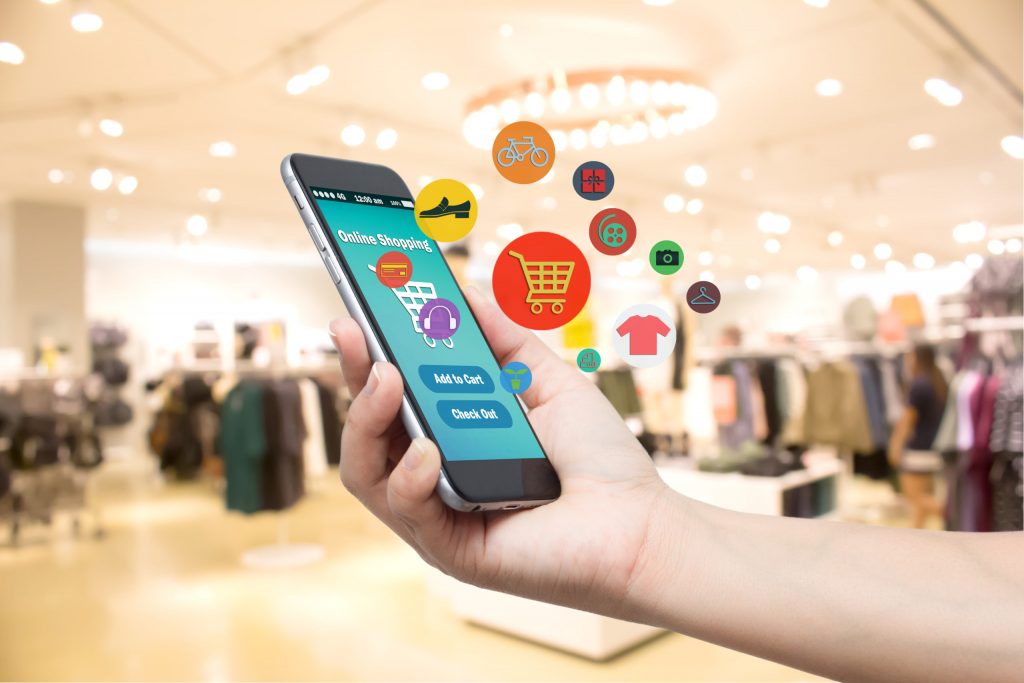The Rise of Mobile Shopping Apps

The E-Commerce Times reports that in the midst of the pandemic mobile shopping apps have become central to online retail operations and they’re clearly here to stay.
In fact, by 2021 mobile e-commerce, or m-commerce, sales are expected to account for 54 percent of all retail ecommerce sales.
The reporters spoke with m-commerce specialists to find out what’s behind the rapid growth of consumers shopping on mobile devices, what mobile shoppers require from shopping apps, and how retailers can provide a better experience for their customers who use mobile devices.
Steven Boal, CEO of Quotient argues that shopping apps are popular with consumers because they are a great way to experience a brand in an immersive digital setting. By this, he means that shopping apps can have the same experiential effect as a physical store where consumers can experience a shopping environment that’s created for physical discovery but conveniently anytime and anywhere.
Consumers can the same way take part in loyalty programs, order and have things delivered.
Besides, 81 per cent of Americans have smartphones and use them a lot every day. Companies try hard to make their apps simple to use.
Heidi Bullock, CMO at Tealium agrees saying that convenience is increasingly driving the consumer experience. Beyond just being convenient, shopping from smartphones or tablets also allows consumers to shop in-the-moment and solve the problem on the spot. A centralized hub for consumers’ relationship with a brand makes shopping personalized.
Rob Fagnani, head of business development and operations at Formation, points out that shopping apps should be easy to navigate to discover and find the right products, have seamless payment and commerce flows, and more than anything, tailor the experience as much as possible to the user, everything from the product assortment to individualized offers.
To feel useable and relevant, apps must also ultimately fit naturally into the daily life of consumers.
People want to download an app and instantly understand how it works, whether they’re looking for a particular item, browsing a weekly sales ad, or scrolling through the latest promotions. When those promotions are tied to the consumers’ behavior or previous interactions, you can create a warm, unique, memorable and valuable experience.
Evolving the experience over time so that it is personalized and anticipates the user’s next need is a key component to mobile app success,” Britt Mills, senior director of customer experience for Mobiquity, told the E-Commerce Times.
Experts forecast that shopping apps will continue to evolve with consumer demand and needs but as some customers are comfortable going to physical shops now, many brands need to continue maintaining and growing their physical and digital storefronts for the months and years to come.
Consumers are likely to continue using a blend of in-store and digital solutions even when the world returns to normal. Retailers should explore ways to make their digital solutions blend with in-store.
It will not be enough to just advertise your products, but you will have to actively pursue and engage your potential customers, through avenues such as tailored remarketing, custom UX for every client on each app, and seamless checkouts.
You can see the beginning of this already taking place with the integration of social media and marketplaces, such as Facebook and Instagram, and with the likes of TikTok and YouTube following suit. A seamlessly-tailored online experience between social and business is the next step in a world tailored to each individual.